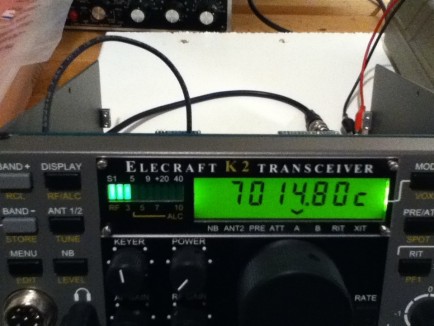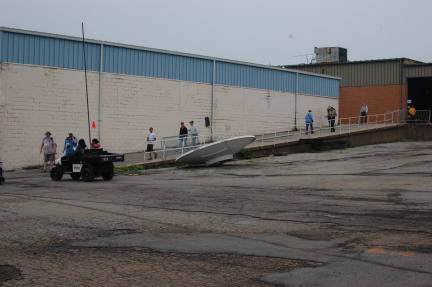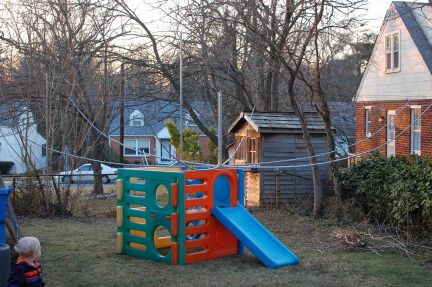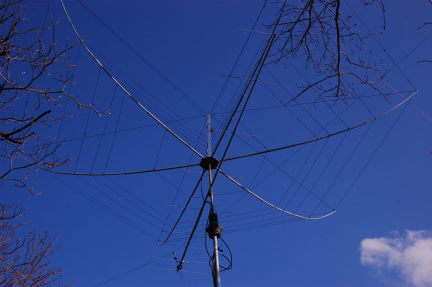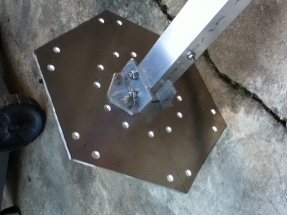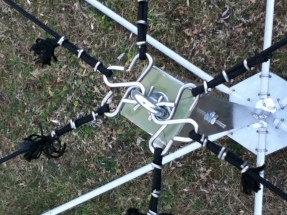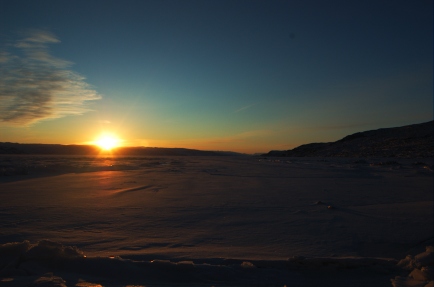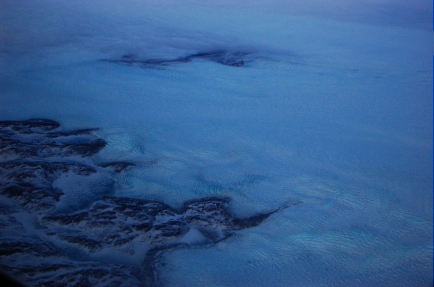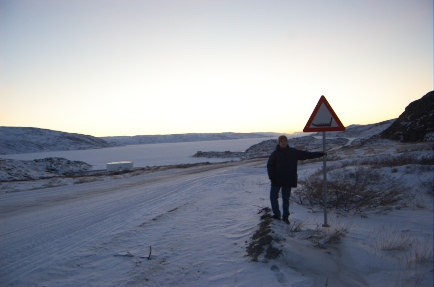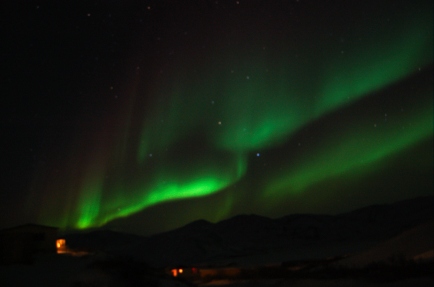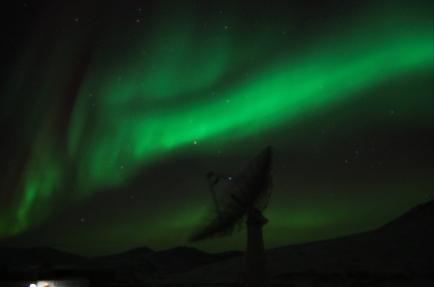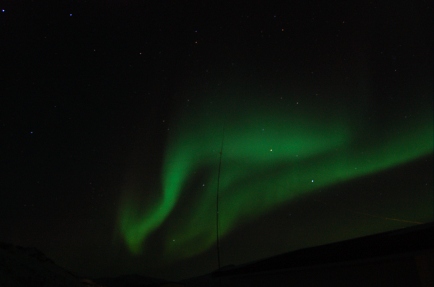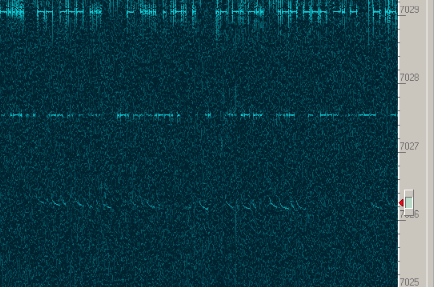Radio activity around here was asymptotically approaching zero until this past weekend when I managed to put about two hours into the ARRL January VHF contest. In brief, here’s what’s happening around K8GU:
- 47Q x 17G on 6 (8/2), 2 (29/11), and 432 (10/4) in ARRL January VHF. The 6-meter QSOs were all made with an HF antenna. I ran 100 watts on 432 so I’m ineligible for the 3-band category. Heard, but didn’t work, N1GC (EM59), K1TEO (FN31, whom I almost always work), and VE3??? (FN03, I had the whole call at the time but forgot, working K1RZ).
- I did not work EP6T on any bands and really don’t care. I didn’t hear much of the jamming when I did listen (on 40 and 80). To paraphrase KE9V quoting JA1NUT, “I’m kind of over DXing.” Who has time for this, anyway?
- Speaking of the seedy underbelly of DXing…do you know what a “QSL grubber” is? I’ve experienced a couple of different variations on this in the past year and it’s disturbing. One guy was asking about specific QSOs and provided detailed description of (my) signal characteristics. Nevermind the fact that I never operated on the band he mentioned during that operation. He sent similar e-mail to several friends. As if DX operators don’t talk to each other? The DXCC desk has been notified. I wonder if anybody actually falls for it or gives in, though?
- I made token efforts in NAQP CW and Phone to chalk up a participation multiplier for PVRC in the three-way PVRC-SMC-NCCC competition.
- No homebrewing or repair work has been undertaken since the summer.
- It seems there are plenty of Elecraft K2’s on the market these days. As the price slips below 1000 USD for a loaded K2/100, this radio is becoming a good buy. As a secondary note, they all seem to be “professionally constructed by a well-known builder.” This leads me to wonder what fraction of K2s were built by someone other than the owner (I estimated this fraction once to be about 1/3 of them). I also wonder if people who built their own K2s hold onto them longer?
And so it goes, time to punch my card…


